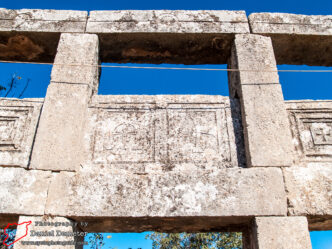
Zarzita زرزيتا
Zarzita (زرزيتا) is a small village with scattered Byzantine-era remains to the southwest of Jebel Samaan (جبل سمعان). The village seems to …

Zarzita (زرزيتا) is a small village with scattered Byzantine-era remains to the southwest of Jebel Samaan (جبل سمعان). The village seems to …
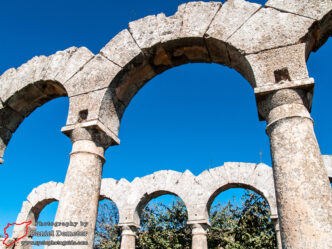
Burj Heidar (برج حيدر) is a Kurdish village to the east of Qalaat Samaan (قلعة سمعان). The site was settled at least …
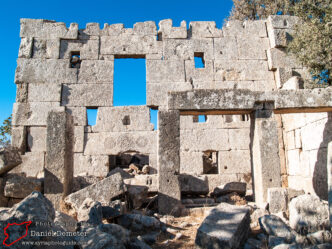
The tiny village of Kafr Nabo (كفر نابو) has several Byzantine-era remains and is worth a stop if visiting the nearby sites …
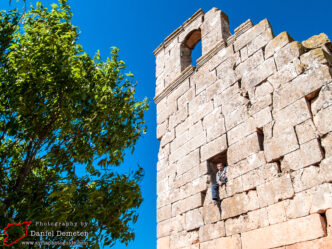
Burjkeh (برجكة) is a small Kurdish village with two items of interest: a small Byzantine church and an impressive tower after which …
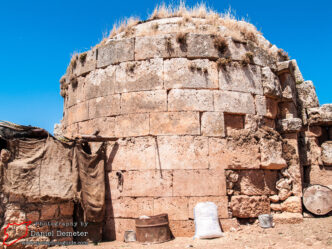
The friendly Kurdish village of Fafertin (فافرتين) is on the surface entirely unremarkable. It is surprising to find in this otherwise nondescript …
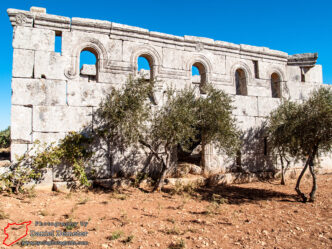
Kafr Lab (كفر لاب) is a minor yet charming Byzantine-era site hidden between olive groves in the region of Jebel Samaan (جبل …
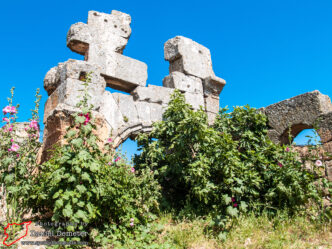
The friendly Kurdish village of Basufan (باصوفان) contains sparse remains from the Byzantine period of what was one of the largest churches …
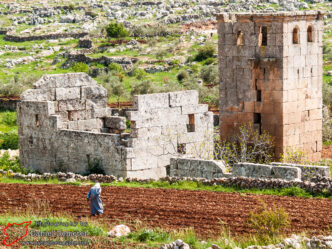
Banastur (بنستور) is a Byzantine-era site on the eastern edge of Jebel Samaan (جبل سمعان). This small settlement has only a few …